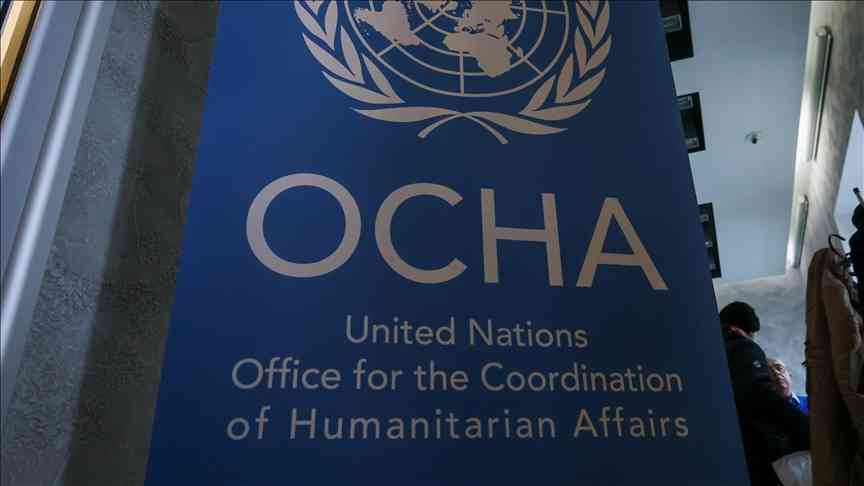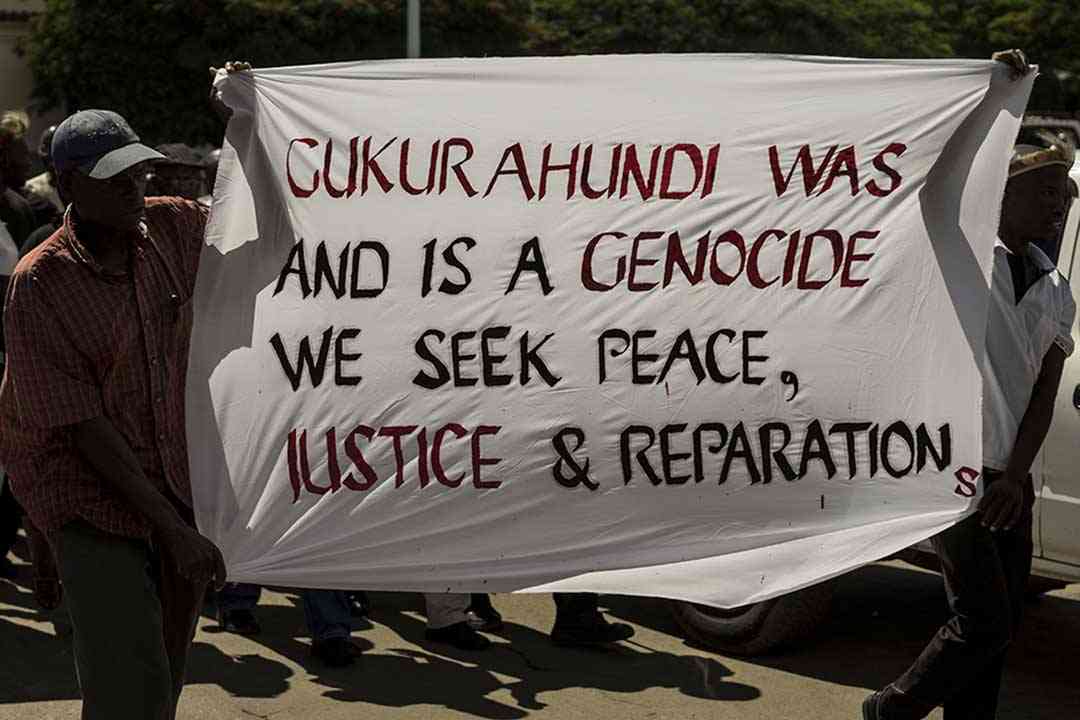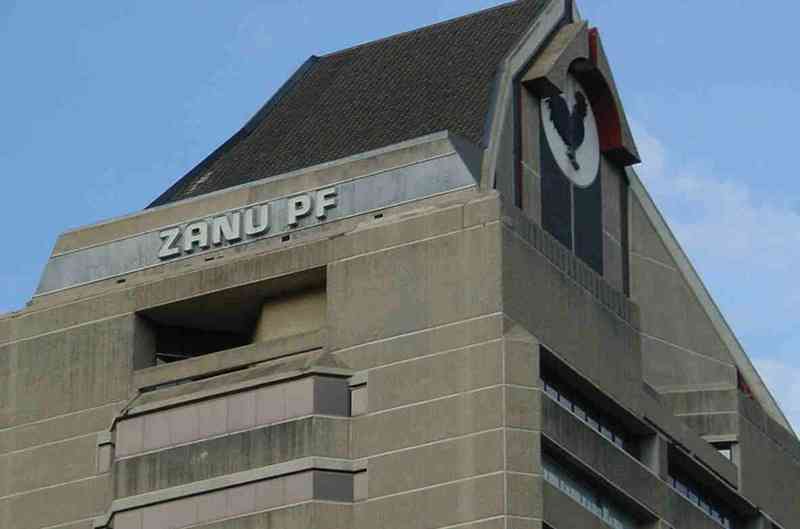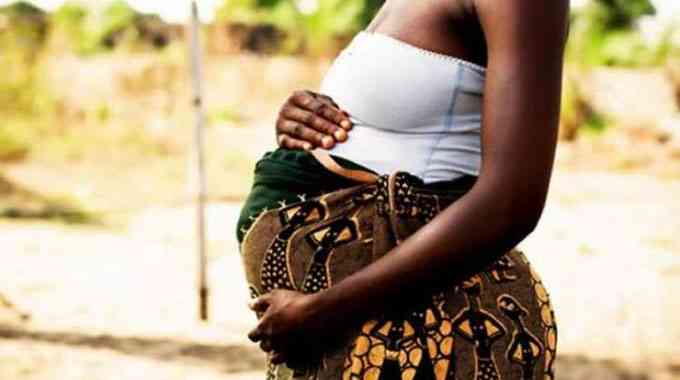
ABOUT 1,6 million people targeted for urgent assistance in Zimbabwe have been left vulnerable as key sectors such as child protection, education, health and shelter failed to get enough funding.
The urgent assistance programme targeted 3,1 million.
Zimbabwe continued to grapple with multiple humanitarian shocks, including disease outbreaks, heavy rains and floods, and an African armyworm infestation in the first quarter of 2025.
According to the UN Office for the Coordination of Humanitarian Affairs (OCHA), the challenges came as the country reeled from the impact of a devastating drought, the worst in 40 years, which began in early December 2023, affecting crop production, limiting food availability and leaving 7,6 million people in urgent need of humanitarian assistance in 2024 due to El Niño.
According to the OCHA Flash Appeal Response Monitoring for May 2024 to May this year, 7,1 million people need assistance and its programmes targeted 3,1 million people.
The office, however, indicated that of the US$429 million required to cover the programmes, only US$120 million was received with 1,5 million people receiving assistance.
“The country also experienced the worst outbreak of African armyworm in two decades, which affected all the 10 provinces and destroyed crops in mid-March 2025.
“Cholera has been confirmed in 19 districts across seven provinces. Health authorities cited inadequate access to clean water, poor sanitation and limited health infrastructure in high-density areas as key drivers of transmission.
- Mavhunga puts DeMbare into Chibuku quarterfinals
- Bulls to charge into Zimbabwe gold stocks
- Ndiraya concerned as goals dry up
- Letters: How solar power is transforming African farms
Keep Reading
“In addition, a resurgence of measles was reported nationwide, with cases in 9 of the 10 provinces.
According to OCHA, funding shortfalls hindered partners’ ability to scale up the response, with only 27% of the required US$429 million received.
In the food security sector in rural areas, OCHA was targeting to assist 1,5 million people but only managed to assist 1,2 million reaching an average 83%.
In the WASH sector, the agency was targeting at least 1,1 million beneficiaries but covered 52,91% reaching 582 009 people.
The number of people reached with key hygiene behaviour change messages, according to the report, 2,6m were targeting with 527 629 (20,29%) having been covered while in nutrition 735 554 people were targeted but 503 931 (34,26%) were reached through blanket supplementary feeding.
At least 1,5 million women and children accessing comprehensive primary healthcare services were targeted in the health sector but the programme reached 323 843 (21,59%) while the number of primary caregivers of children aged 0-23 months who received IYCF counselling was recorded at 126 530 which was 42,86% of the targeted number.










